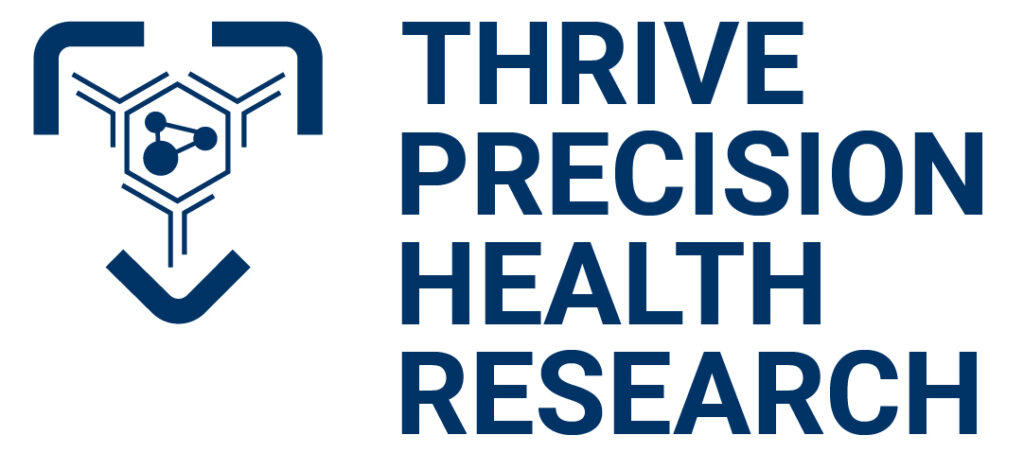Q&A with Dr. Jonathan Lakey (Principal Investigator) and Gary Bartholomew (Executive Director : Advancing Diabetes Care through Thrive Precision Health Research
Interview with Thrive Precision Health Research, Principal Investigator Dr. Jonathan Lakey discussing the areas of research for the origination and its future in Regenerative Medicine to assist in slowing the progression of Type 2 Diabetes. Q: Can you tell us about your background and career in diabetes research? Dr. Jonathan Lakey: I am Dr. Jonathan Lakey, Professor Emeritus from the University of California, Irvine, in the Department of Surgery and Biomedical Engineering. Before that, I was the director of the Clinical Islet Transplant Program here at UC Irvine. Early in my career, I was involved in the development and implementation of the Edmonton Protocol while I was a professor at the University of Alberta in Edmonton, Canada. The Edmonton Protocol was the first treatment using cells for people with type 1 diabetes. The effect was immediate. We were able to get patients who had been on insulin therapy for over 50 years off insulin therapy, at least for periods of time. During follow-ups, I had the opportunity to meet patients, their family members, and hear their stories about the struggles of managing diabetes—waking up in the middle of the night to check blood sugar levels or ensuring their spouse was still alive. These experiences deeply motivated me to develop therapies for diabetes. Q: Why is diabetes such a critical health issue today? Dr. Jonathan Lakey: Diabetes has become one of the biggest global health emergencies. The incidence is rising, and the complications and costs continue to increase. It’s vital to understand what diabetes is, the effects it has, and how it can be treated. Diabetes is a progressive disease and the leading cause of blindness and amputation worldwide. Despite this, there’s often skepticism or ignorance about its seriousness. Many people are undiagnosed until the disease has already progressed. In the United States alone, there are nearly 40 million people living with diabetes and another 40 million who remain undiagnosed. The prevalence is increasing because of lifestyle factors and attitudes toward the disease. Many individuals ignore the early symptoms, leading to worsening complications over time. Q: What is FIT therapy, and how does it address type 2 diabetes? Dr. Jonathan Lakey: FIT therapy is a two- to three-hour treatment where insulin is delivered to the body in pulses every four to six minutes. This pulse delivery mimics the body’s natural insulin secretion and helps restore normal insulin secretion capabilities over time. Essentially, FIT therapy teaches the body to heal itself. It re-sensitizes the islet cells in the pancreas to secrete insulin properly. The therapy includes educating patients about their condition, treating the symptoms of type 2 diabetes, and creating a system for ongoing care. The benefits of FIT therapy are significant. Patients experience improved blood sugar control, reduced hyperglycemia (high blood sugar), and lower hemoglobin A1C levels—a key marker of blood sugar control. Over time, patients also report improvements in neuropathy, such as regained sensation in their feet, as well as better kidney function. Q: How quickly can patients see results from FIT therapy? Dr. Jonathan Lakey: Patients often notice improvements after just the first week of therapy. They report feeling healthier, having more energy, and experiencing better overall well-being. Our clinical trial for FIT therapy takes 6 to 12 months to complete, which is much shorter than many other diabetes trials that take years to show benefits. During this time, we collect prospective data as part of an IRB-approved clinical trial to better understand the mechanisms behind the therapy’s effects. Q: What role do stem cell therapies play in your vision for Thrive Precision Health Research? Dr. Jonathan Lakey: My vision for Thrive Precision Health Research includes incorporating cutting-edge stem cell therapies. I’ve been working in the field of stem cell technologies for many years, developing therapies to treat diabetes, neuropathy, and diabetic wounds. As part of the Thrive project, I hope to integrate these stem cell-derived products and ancillary technologies to address diabetes and its complications. This will allow us to create a comprehensive approach to managing and treating the disease. Q: How do you view your contributions to diabetes research and your legacy? Dr. Jonathan Lakey: I don’t spend much time thinking about my personal legacy. However, I am proud of the work we did in Canada with the Edmonton Protocol—it was groundbreaking. With FIT therapy, I see an opportunity to build on that legacy by developing new technologies and therapies that can treat millions of diabetics worldwide. Ultimately, my goal is to understand the mechanisms behind these therapies and use them to make a meaningful impact on diabetes care.




